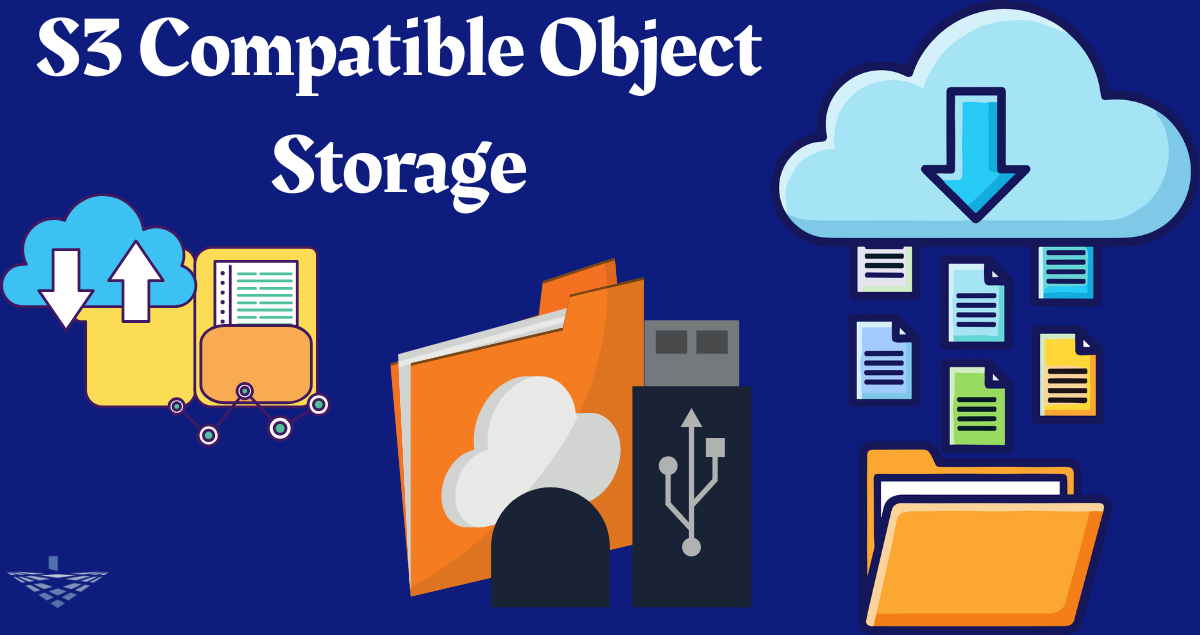In a hyper-connected world, companies spend years and millions of dollars on research and development. That intellectual property (IP) becomes a strategic advantage—until someone else steals it. Industrial espionage isn’t a Cold War relic. It’s active, targeted, and often aimed at digital backups where R&D data lives. Competitors don’t need physical access to your facility—they only need a weak spot in your digital infrastructure.
The Hidden Target: Backup Systems
Your backup system, designed to protect your most valuable data, can become a doorway if not secured. Threat actors don’t always go for your production environment. Instead, they aim for backup servers—especially if they contain unpatched vulnerabilities, weak access controls, or outdated encryption.
Attackers often use phishing, compromised credentials, or malware to move laterally across your network. Once inside, they extract sensitive data from backups. If those backups are connected to the internet or share a common network path with production systems, the risk increases exponentially.
The solution? Implement Air-Gapped Backups that physically or logically isolate stored data from the network. This makes it significantly harder—if not impossible—for attackers to access or exfiltrate backup copies remotely.
Technology in Focus: Building Layers of Protection
Let’s break down how modern technology strengthens data defense beyond the basic idea of disconnecting a server.
Physical vs. Logical Isolation
Physical isolation means the backup system isn’t connected to any network. You’d need to plug in or walk in to access it. Logical isolation uses software-defined network rules, access policies, and segmentation. Both approaches block attackers from using remote tools to reach stored data.
Today’s systems use hybrid methods. A backup server might be connected for limited windows, only when data is actively being written or retrieved. Then it goes offline again, leaving no digital path open for unauthorized users.
Immutable Storage
Immutability prevents data from being modified or deleted within a given retention window. Even if someone gains access, they can’t tamper with the backup. Immutable object storage uses write-once-read-many (WORM) policies and versioning to protect backups from ransomware and sabotage.
Combined with isolation, this locks down both entry and manipulation.
Role-Based Access and MFA
Many attacks succeed because of poor internal controls. That’s why it’s essential to enforce strict access policies.
- Use role-based access control (RBAC) to assign permissions only to necessary personnel.
- Require multi-factor authentication (MFA) for anyone accessing backup systems, even on isolated networks.
- Keep audit logs of every access attempt.
Zero Trust Architecture
Adopting a zero trust model means verifying every user, every device, and every data request—no exceptions. This applies even within internal systems.
Backup servers using zero trust principles ensure that only verified users and processes can interact with stored data. This approach reduces insider threats and unauthorized lateral movement.
Hardware Security Modules (HSMs)
Encryption alone isn’t enough. Keys must be stored and managed securely. Hardware Security Modules offer a trusted platform to generate and store encryption keys offline. HSMs enhance the overall security of backup infrastructure, especially in industries where IP protection is critical.
Why R&D and IP Are Prime Targets
Stealing a company’s blueprints, formulations, algorithms, or source code gives competitors a shortcut to market dominance. It removes the cost and risk of innovation. This makes R&D and IP the crown jewels of any modern organization.
Digital transformation has pushed R&D into collaborative cloud platforms, virtual labs, and online backup repositories. While this improves efficiency, it expands the attack surface.
Cybercriminals are aware of this shift. They don’t just want to lock your data—they want to own it, leak it, or resell it.
Industries most at risk include:
- Pharmaceuticals (drug research)
- Automotive (EV and battery tech)
- Aerospace (design schematics)
- Technology (software source code)
- Manufacturing (supply chain processes)
Key Features to Look for in a Secure Backup Strategy
Not all backup solutions offer the same level of security. Here’s what to prioritize if you handle sensitive IP:
1. Offline Availability
Ensure that backups can operate in offline or semi-offline modes. Limit exposure time to connected networks.
2. Policy-Based Scheduling
Configure automatic backup windows with predefined disconnect policies. The system should go offline automatically once a backup job completes.
3. Threat Detection and Alerts
Modern backup tools can integrate with security information and event management (SIEM) platforms. They flag anomalies like multiple failed access attempts or unusual data pulls.
4. Encrypted Data at Rest and In Transit
Encrypting backup data during transfer and Storage adds a critical barrier. Combine this with key rotation policies and external key management.
5. Compliance-Ready Framework
Your backup infrastructure should support compliance frameworks like GDPR, HIPAA, ITAR, and CMMC if you operate in regulated sectors. This ensures your storage practices meet both legal and security standards.
When Isolated Backups Are the Last Line of Defense
In many real-world breach scenarios, attackers gain deep access to networks before detection. Production systems may already be compromised when the breach is discovered.
That’s when an isolated, secured backup becomes critical.
An attacker may succeed in encrypting your live environment. They may even delete connected backups. But if a version of your IP is stored offline—where no one could tamper with it remotely—you still have a path to recovery.
This isn’t about business continuity alone. It’s about preventing permanent damage to innovation, competitive edge, and brand reputation.
Conclusion
Industrial espionage isn’t just a headline—it’s a daily risk for companies with valuable R&D and intellectual property. The weakest link in your defense may not be your firewall or email filters—it could be your backup system.
A smart strategy uses multiple technologies: isolation, immutability, role-based control, encryption, and zero trust principles. Combining these safeguards ensures your data stays secure even in worst-case scenarios.
Isolation doesn’t mean inaccessibility. It means creating a deliberate gap between data thieves and your most sensitive information.
FAQs
1. Can isolated backups still be automated?
Yes. Backup jobs can be scheduled, run, and then the system can disconnect automatically after completion. Automation is compatible with isolation if configured correctly.
2. How often should sensitive R&D data be backed up?
Daily backups are ideal, especially for active R&D projects. The frequency depends on how often data changes and the cost of losing recent work.
3. What’s the difference between offline and offsite backup?
Offline means the data is not connected to any network. Offsite means the data is stored in a different physical location. You can have offsite backups that are still online—and vulnerable.
4. Are cloud backups safe for IP storage?
They can be, but they depend on configuration. Misconfigured cloud storage, weak access controls, or lack of encryption can expose sensitive data. Isolated backups—whether cloud or on-prem—reduce risk significantly.
5. What happens if a backup system is infected before isolation?
That’s why multiple layers are essential. Immutable storage and threat detection can prevent altered data from being saved. Regular integrity checks can flag suspicious changes before backup windows close.
















Leave a Reply